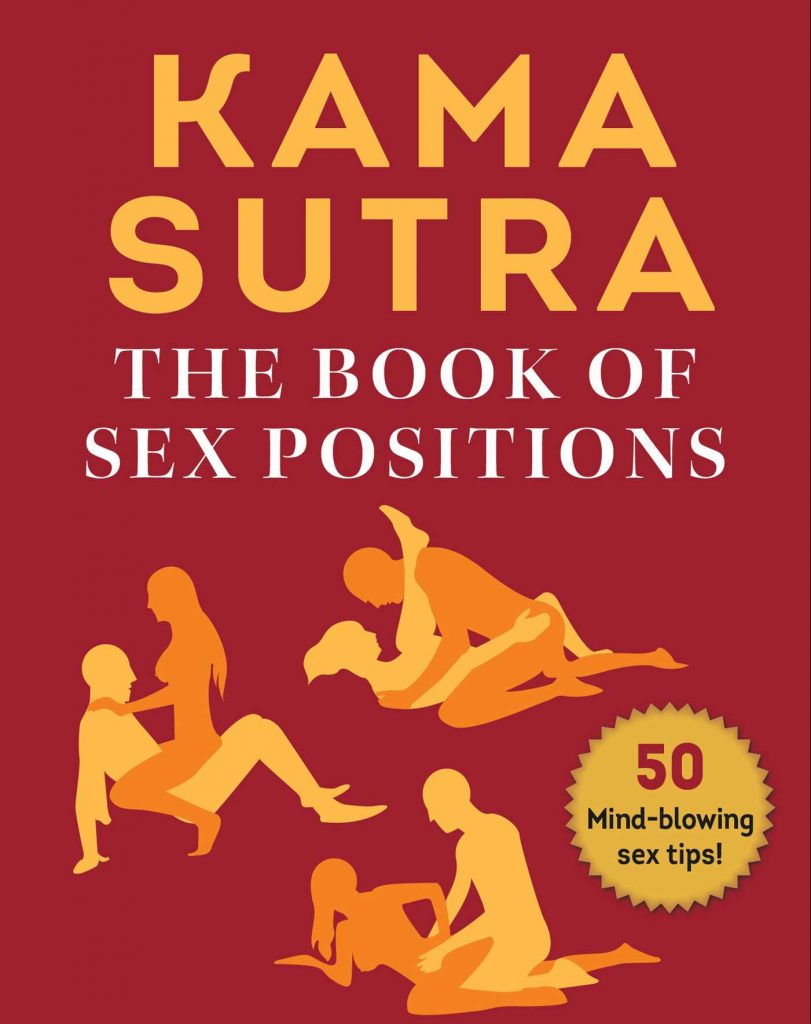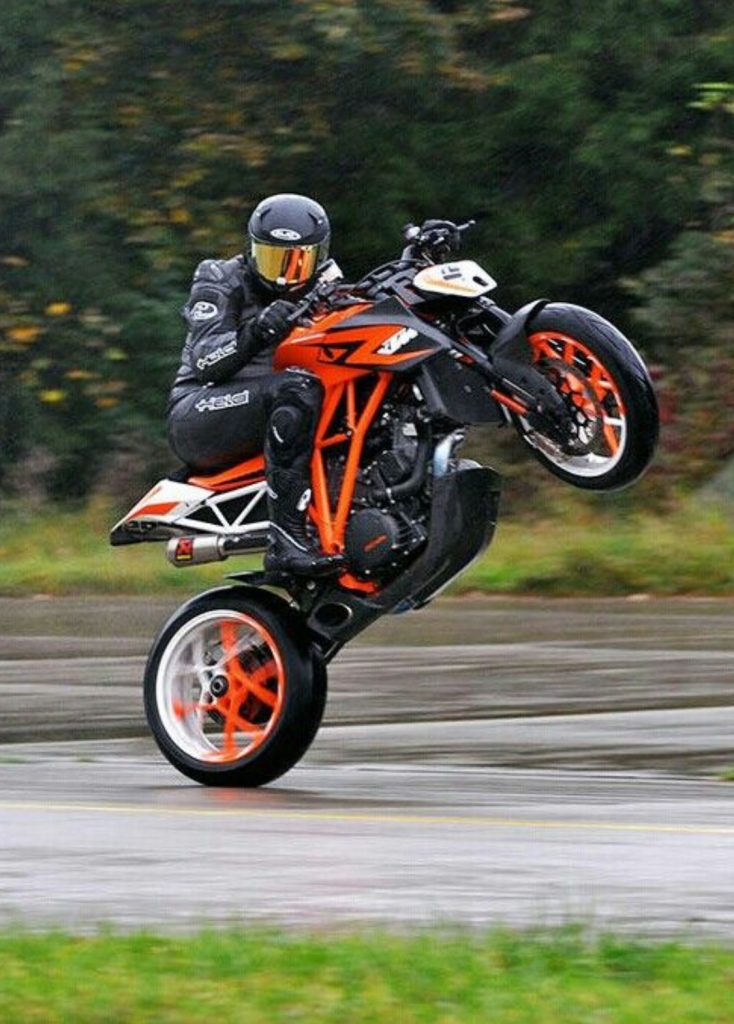Balance is everything and balance in a dynamic world comes from your position on the bike, your stance and knowing how to move from one stable balance position to another.

You’ll find quite a few articles talking about the ‘attack ‘position, which is definitely where you should be positioned when you’re blasting on level ground, but what about when you’re climbing a hill, or descending? Or cornering on a slope?
Rather than tell you right off the bat how you should be standing, perhaps it might be better to explain what we are trying to achieve.
With every body position we are trying to achieve the following:
- a balanced stance
- correct weighting
- an anticipatory stance
- comfort and strength
- a clear differentiation between SET and TRANSITION stance.
So let’s look at these one by one and make sure we are on the same page with what they mean.
A Balanced Stance
You are in a position that you can hold without holding onto the bike and are comfortable and able to move into a new stance with little effort.
A balanced stance, MUST, be a stance you can move from into a new stance quickly and easily, without leveraging off the bike. If you can’t, so let’s say, you are sitting behind your feet (the only way up is to use your arms and pull on the bars, or shuffle forward first) then you are not in a balanced stance.
Correct Weighting
You’re standing on a bike, or sitting. But which ever, your weight is very probably close to equal the bikes weight or even more than the bike (Circa 100Kg). So where and how your weight is on the bike counts ALOT.
The “attack position”, has your weight evenly spread between the two pegs, no weight on your hands and just a little “hold” from your knees as needed.
We’ll talk more about weighting and your bike, but in short you should know that the pegs are the pivot point for your bike; it is the bikes natural point to pivot around. Evenly spread weight across these allow your bike to pivot the front and back wheels up as they encounter bumps and dips.
Your weight does have an enormous impact though. Try this exercise, riding along slowly in the attack position, move your hips to the left so that most of your body weight goes onto the left foot peg. The bike will lean and then turn to the left, moving your hips and weight back to the opposite side will have it turn back toward the right.
It’s a whole subject on its own, but you get the idea. Your stance needs to consider the weighting you are applying to the bike.
An Anticipatory Stance
A motorbike is a dynamic creature and any stance you adopt will need to be able to change in a second, and possibly every second to adjust and stay in balance with the bike. Therefore your stance needs to be anticipatory, it needs to be ready for change at the next moment.
A good example of this is sitting down. Sitting down can be very appropriate but also is the least anticipatory of the stances you can adopt, but you can make it worse or better. If you sit when your centre of mass is behind your feet, in order to stand up again you need to pull yourself up, because you can’t stand up with out doing so. But if you keep yourself forward with your centre of mass over the pegs and your feet, you can stand without using your arms and therefore your handlebars as leverage.
Choosing a good stance, make sure it is anticipatory and able to change quickly into another stance appropriate for the next stance.
A good example of this is the “Attack Stance”, which has you leaning forward slightly but balanced on your feet. But to respond to acceleration, where you twist the throttle, you just need to push forward a little through your toes and that acceleration will be handled without having to hold onto the bike. The same goes for braking, where you just need to slip your hips back and roll back onto your arches.
This is a good example of why the “attack position” (stance is what everyone talks about. It’s a great neutral position ready for transition.
Comfort and Strength
Hopefully you’re out there on your bike for fun and pleasure, and therefore want it to be a long and comfortable time. Make sure your stance is comfortable and you’re able to hold it for long periods without too much fatigue.
The other thing you want to consider is being able to bring your bodyweight and strength to bear as needed to control the bike. Now I DON’T mean bullying the bike, I mean using your body to influence the weighting on the bike.

The goal is not to exhaust yourself by physically trying to dominate the bike. This is the ‘newbies’ biggest mistake, but by being in positions or stances that allow you to bring your weight to bear in the right way quickly, saves you energy. For example, push forward (transition stance) holding your weight on your arms and pushing down through the pegs to compress the front suspension, then moving it back over the rear wheel, whilst “holding Pressure” and applying some power to lift the front wheel, without exhausting yourself. Get this right and it seems effortless, get it wrong and it takes A LOT of energy and doesn’t have the desired effect.
Understanding the difference between a SET and a TRANSITION stance.
So we often talk about a stance as if it is a static thing and even teach it with the bike stationary. But of course it is not a static thing. It is very dynamic and at times will be a stance that is what I call a ‘TRANSITION’ rather than a ‘SET’, i.e. it is not an entirely stable stance we want to hold but a temporary one that is a transition from one position to another.
Take the ‘wheelie’ – we ride along in the “attack position”, neutral and well balanced. We can hold this position with minor adjustments for hours. But to create a wheelie, we first need to use our body weight to load up the front forks and then the rear shock and hold traction through the rear wheel, by holding that pressure on the back wheel whilst the front suspension unloads, and we add power and perhaps our body weight off the bars, to lift the front.
To load up the front suspension, we drop our body weight forward and onto the bars and pegs, compressing the suspension. This is NOT a stable stance, we can’t maintain this and if we miss the timing we’ll be be thrown off balance. But we need to adopt this stance correctly and with the right timing to get the result we want.
It is a transitory stance, but a stance all the same with a real body position that needs to be mastered. The fact it’s transitory also means something else; there is a stance following this one that needs to be adopted at the correct timing or we will fall out of balance and have an issue.
To wheelie we first drive our body forward and down to compress the suspension at the front and then we move our body weight up and back, over the back wheel, straightening our arms against the bars as we add throttle.
This again is an unstable stance and if we don’t pull ourselves forward with our arms and bring our feet back under ourselves we will be stuck behind the bike. But again it is a valid stance that is transitory and we need to know how to time the transition back to another stance or we’ll be out of balance and in trouble.
Well then the front wheel comes up and our body comes forward to meet it, into balance, our feet come under us and our arms bend back toward our chests. We are no longer in the “attack position” but we are in a stable balanced position, where we do not need to hold onto the bike to stay on but can balance on our feet, or seat and hold any backward motion using our midsection and legs to squeeze the bike.
If we think of this as ‘stable stance’, ‘transitional stance’ (front suspension loading), moving into ‘transitional stance’ (rear suspension loading ) stance which then moves into another ‘stable stance’ (albeit requiring fine balance with throttle and upper body) we are able to practice these transitions and perfect each stance so that we use the least amount of energy and always stay in a sense of balance and control.
So I suggest we define SET and TRANSITION stances. We learn each as a small set of body positions that achieve something for us and always finishing in a SET stance.
Examples of a SET Stance are:
- Attack Position
- Seated cornering position
- Seated Wheelie position
- Standing Wheelie position
- Downhill Attack Position
- Uphill Climbing Position
Examples of TRANSITION Stances are:
- Front suspension load stance
- Rear suspension load stance
- Rear suspension load and hold pressure stance
- Suspension compression (both) stance
- Pivot stance
- Dynamic balance pivot stance (we’ll cover this later, it’s about determining when you’ll dab and how).
Each of these, and there are more of course, as many as you think you need, require their own description and explanation but they all become building blocks you can use to make sure you are in balance and understand where your body needs to be next.
I find that the most common fall for new riders is trying to get over or past obstacles and losing balance, usually because they don’t know where their body is going to be next moment. For instance, you get over the log, but fall on the other side. You have often gotten caught in the ‘transition stance’ used to lift the front wheel and its put you out of balance on your landing on the other side…. down you go.



